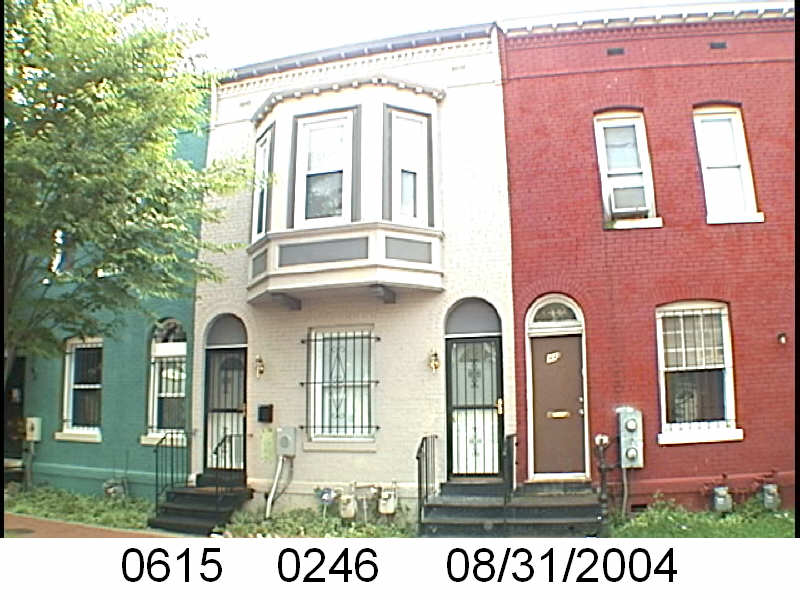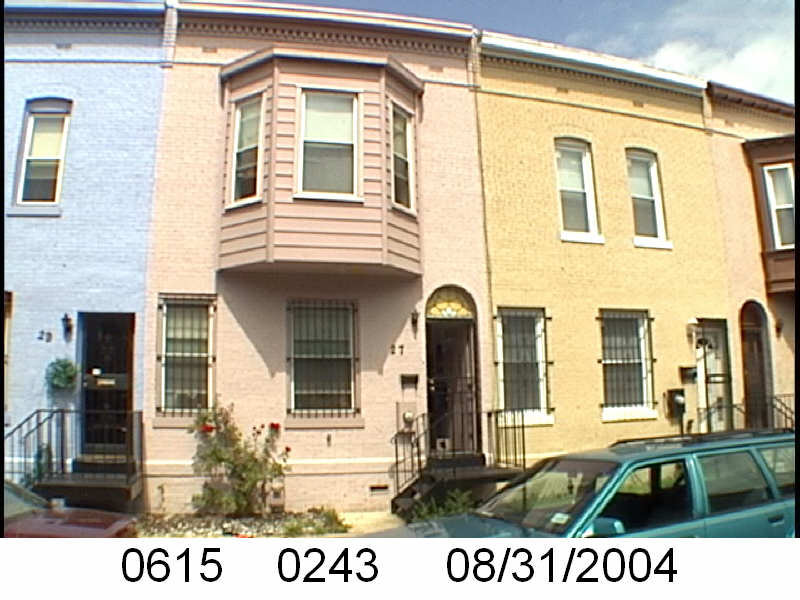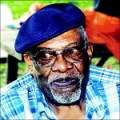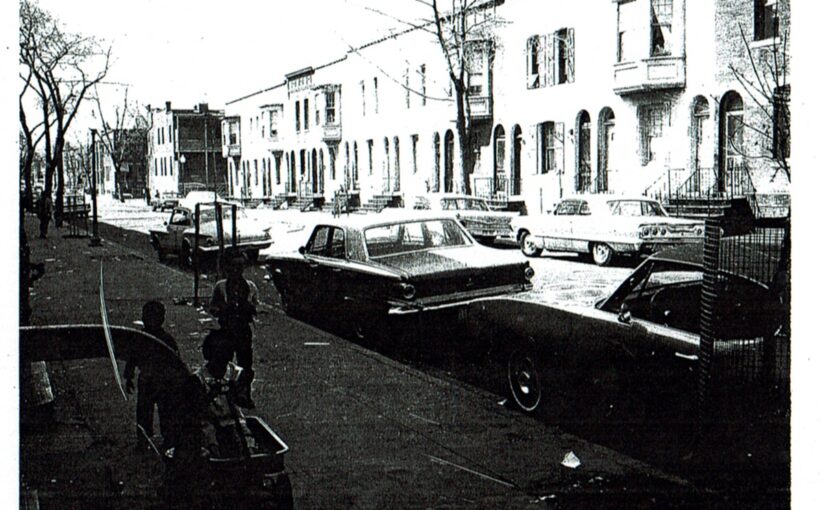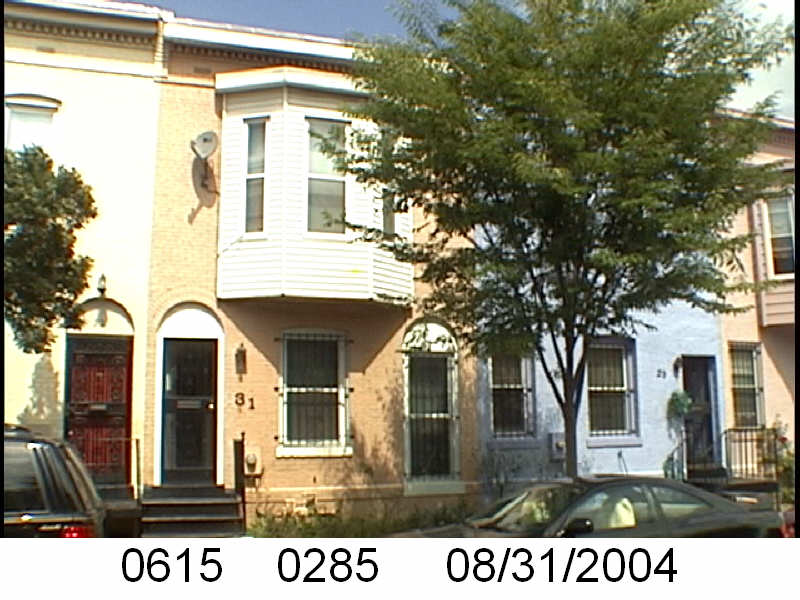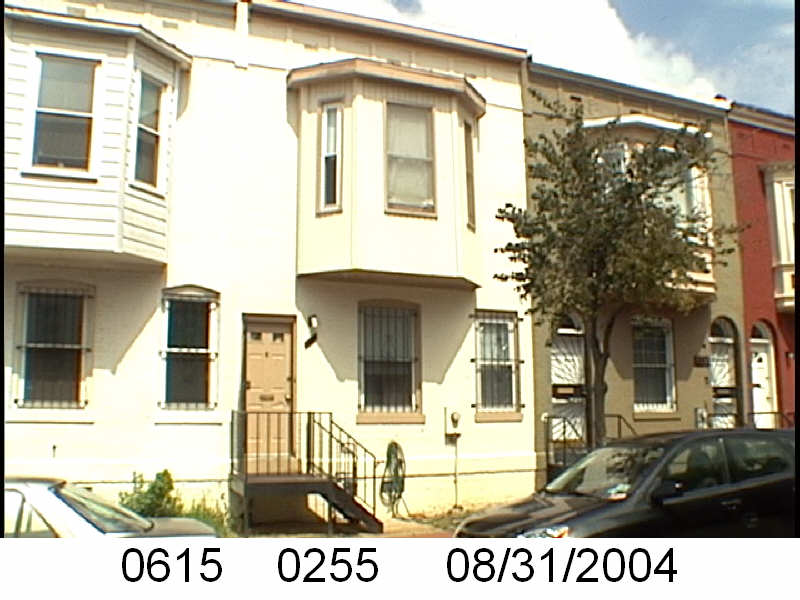In lieu of a February Black History post, WSIC continues, because it is Black History.
The Washington Sanitary Improvement Company (WSIC) was a late 19th century charitable capitalism experiment that ended in the 1950s. This blog started looking at the homes that were supposed to be sold to African American home buyers, after decades of mainly renting to white tenants.
Looking at WSIC properties they tend to have a pattern where the properties were sold to a three business partners, Nathaniel J. Taube, Nathan Levin and James B. Evans as the Colonial Investment Co. for $3 million dollars. Those partners sold to African American buyers. There was usually a foreclosure. In 1956 Nathan Levin died and Colonial Inv. Co. vice president Harry A. Badt took his place in the foreclosure paperwork. Then the property wound up in the hands of George Basiliko and or the DC Redevelopment Land Agency (RLA). Then there were the odd lucky ones who managed to avoid that fate.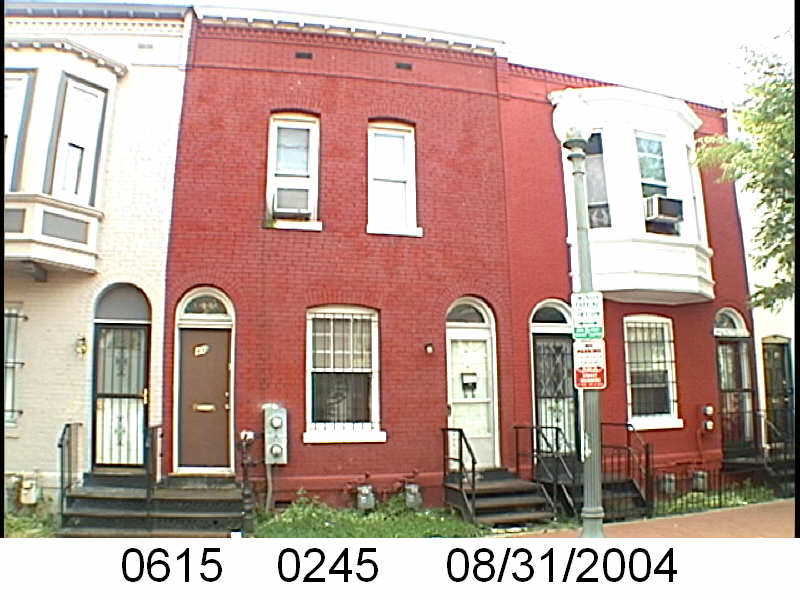
Let’s see what happens with 44 Bates St NW:
- December 1950 (recorded Jan 18, 1951) Evans, Levin and Taube sold one-half of 44 Bates St NW to Theophilus C. Harris, a single man.
- December 1950 (recorded Jan 18, 1951) Harris borrowed $1,900 from Colonial Investment Co. favorite trustees Abraham H. Levin and Robert G. Weightman.
- January 1951 Evans, Levin, and Taube sold the other half of 44 Bates St NW to Mary Ellen and Walter Trusty.
- Jan 1951 the Trustys borrowed $1,900 from trustees Abraham H. Levin and Robert G. Weightman.
- February 1960 Harris, still unmarried, sold his half to Lillian L. Giles.
- October 1962 Mr. & Mrs. Trusty were released from their mortgage.
- February 1963 Helen M. (aka Mary Ellen) and Walter Trusty borrowed $950.00 from trustees Charles W. Morgan and Ralph O. Weed in order to pay George C. Franklin for goods or services.
- May 1965 the Trustys borrowed $5,500 from trustees Gerald J. Lustine and Frances G. Simon in order to pay Harry Goldstein.
- December 1965 Theophilus C. Harris and by extension Lillian Giles, was released from his mortgage.
This worked out for the various parties involved. No foreclosures. Mortgages were paid off. All was well.

